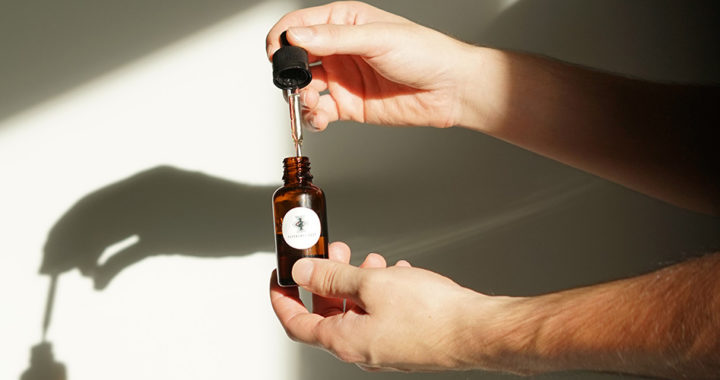A “serum” or face serum is a specific category of skincare products topically applied on the face, usually after cleansing and before putting other face care products such as moisturizers or creams. Fundamentally, the word “serum” is a marketing term used to represent a particular class of leave-on products alongside moisturizers, face toners, sleeping mask, essence, and face lotions or creams, among others.
How is it Different from Face Lotions or Creams: Understanding its Formulation and Purpose
The formulation for face serums varies according to manufacturers. However, a widely accepted standard is that these skincare products are formulated with a higher concentration of specific active ingredients than other products such as creams and lotions.
Furthermore, it is a water-based, gel-based, or oil-based formulation with a clear to translucent appearance. It is also less thick and less viscous than creams. Most manufacturers also utilize smaller molecules of specific active ingredients that can penetrate deeply into the skin.
The general purpose of serums is to deliver a higher-than-average concentration of active ingredients to address specific skincare concerns. Examples are vitamin C serums. Hence, when compared to moisturizers, toners, and creams, it is highly concentrated.
An essence is a somewhat similar face care product. Some manufacturers and aestheticians differentiate essence as a watered-down, more fluid, and less concentrated version of a liquid-based product than can be left on the skin. However, others label their serums as essence.
Nevertheless, because they have higher concentrations of active ingredients, and due to their specialized formulation, face serums usually sit on the pricier end of the spectrum. They can be twice to four times more expensive than moisturizers and creams.
What are the Benefits of Using a Serum: Role in Skin Care and Effectiveness in Addressing Skin Issues
Depending on the formulation, the specific purpose and benefits of using a serum vary. There are products aimed primarily at moisturizing the skin. Hence, they have higher concentrations of active ingredients such as hyaluronic acid or ceramides.
Other variants aim to lighten the skin, address dark spots, or even out skin tone. Some of the common active ingredients used include Vitamin C or its derivatives, Vitamin B-3 or niacinamide, kojic acid, or papain extract, among others.
Some are marketed for their purported anti-aging benefits. Thus, these products would contain ingredients aimed at reducing fine lines, preventing wrinkles, addressing age spots, or encouraging skin repair through collagen production.
Within an entire skincare routine, most serums are paired with a face cleanser and moisturizer or face cream. When used before a moisturizer or underneath a cream, their purpose is to complement the active ingredients of prior products.
The effectiveness of serums would depend on the manufacturer and the particular brand, especially the quality of the products used and the technology behind its formulation. Also, take note that users would respond differently to the same skincare product.
It is also important to note the marketed benefits of a serum. A consumer must buy a particular product with a specific formulation that is suitable for his or her needs or skin condition. In other words, the marketed benefit should always be aligned with the intended purpose of using one.
FURTHER READINGS AND REFERENCES
- Mccall-Perez, F., Stephens, T. J., and Herndon, J. H. 2011. “Efficacy and Tolerability of a Facial Serum for Fine Lines, Wrinkles, and Photodamaged Skin.” The Journal of Clinical and Aesthetic Dermatology. 4(7): 51-54. PMID: 21779421
- Werschler, W. P., Trookman, N. S., Rizer, R. L., Ho, E. T., and Mehta, R. 2011. “Enhanced Efficacy of a Facial Hydrating Serum in Subjects with Normal or Self-Perceived Dry Skin.” The Journal of Clinical and Aesthetic Dermatology. 4(2): 51-55. PMID: 21386958





